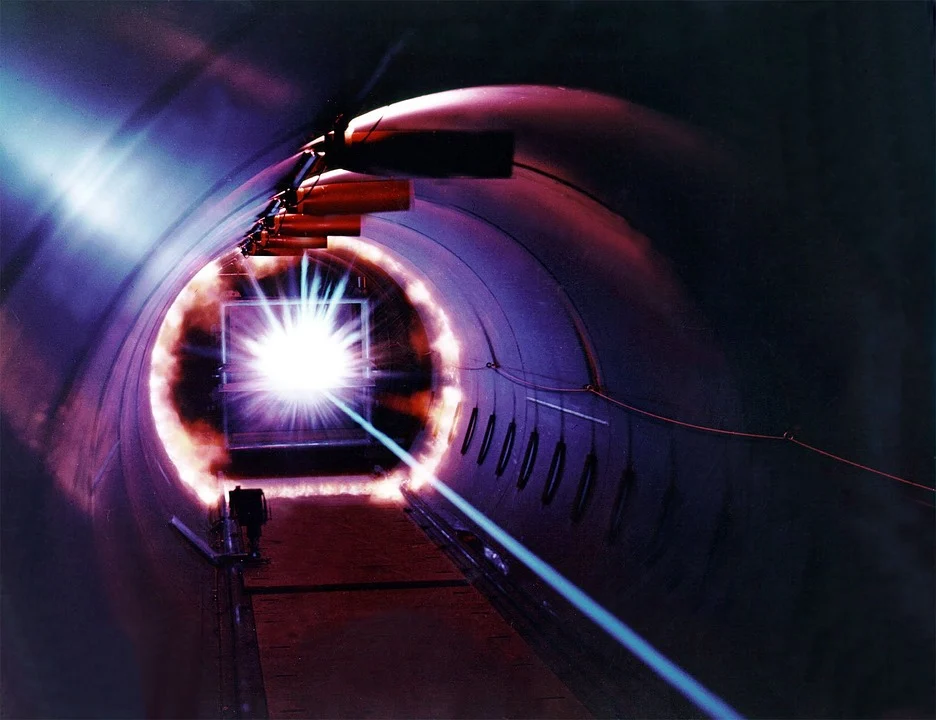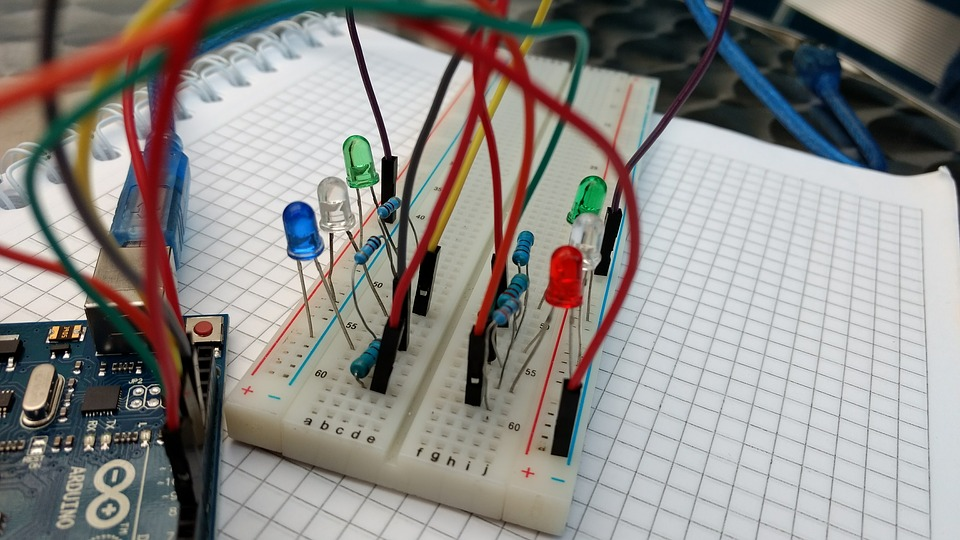
Photonics is a science, typically defined by the study and application of photons- which are carrier waves of electromagnetic radiation and the basic unit of light. It’s an important field that applies to all things optical, including lasers and imaging systems. The word itself comes from the Greek “phos” meaning light, with “tono” meaning I make or do something. So in essence photonics means making or doing something with light!
This can cover anything from studying how different colors affect us mentally to inventing new types of laser technology – so there’s plenty for everyone to get involved with! And while it may seem complicated at first glance because it covers such a wide range of disciplines, let’s break down some of the basics for you in this article.
What Does Photonics Include?
Photonics is a broad field that can encompass all aspects of light technology, including lasers and imaging systems. The general idea behind the study of photons is to make advancements in optical devices like telescopes or microscopes. Sometimes, this could mean designing new types of lasers for different purposes; other times, it means making existing lasers more cost-effective for consumers.
Photonics specifically studies photons – which are carrier waves of electromagnetic radiation and the basic unit of light (Cite). It’s almost like learning about electricity but focusing on how that electricity moves through different mediums (i.e., cables, speakers, etc.) rather than being concerned with what causes electricity to flow at all!
For a professional in photonics, tools and elements are crucial. A photonics technician will have a wide variety of tools at his or her disposal to characterize and test optical devices. If you’re interested in pursuing a career in photonics, it’s important to have an understanding of the different types of equipment used in the field. You would want to get a microscope to look at the elements of a laser, and also tools for testing how those elements interact with light, check the availability of laser diodes (since those are what are being tested), or signal generators for testing fiber optic cables. These elements help professionals fine-tune and perfect devices for various applications.
The Relationship Between Photonics and Lasers
Lasers are indeed one of the most iconic examples of optical devices, and there are countless applications for them in both industry and everyday life. Laser technology can often be related to optical communications (Lidar, fiber optic cables, etc.) or imaging (lasers in dentistry, surgical tools, etc.). More importantly, countless everyday applications wouldn’t exist without lasers – like digital cameras! They use lasers to adjust the focus on the lens when taking a photo. Many appliances also utilize lasers, including barcode scanners and CD players.
On the other hand, lasers are also created using photonic technology. For example, many lasers use crystals to amplify the light they emit. This is often done through optical cavities, which harness the amplified light for different purposes (like high-powered military tools).
Sub-Fields of Photonics
There are many different sub-fields of photonics, and it can be a little daunting to try and understand them all. However, if you focus on the main themes of photonics, it’ll be a little easier to see how everything fits together. Some of the most common sub-fields of photonics include:
Optical communications
This area of study focuses on transmitting data (voice, video, etc.) through optical signals. One example of this is fiber optic cables – they can transmit more data than traditional copper wiring because the signal moves along pulses of light rather than electrical current. Optical communications also include devices like lasers and signal generators.
Optical engineering
Optical engineering is a very broad field that can include anything from designing new types of lasers for different purposes to creating more cost-effective devices with existing lasers. It’s a lot like electrical engineering but specifically studies how electromagnetic waves and photons interact instead of simply learning about electricity!
Imaging
One of the most common applications for optical imaging is in dentistry. This field has improved significantly over the past few years with the introduction of lasers, which have allowed professionals to do more accurate and efficient procedures. However, imaging covers a wide range of applications, including medical imaging, 3D printing, and even security cameras!
Signal generators
These instruments are used to create test signals for optical equipment. They can help measure things like the power of a laser or the quality of a fiber optic cable.
Photonics is Related to Everyday Life
You might be surprised to learn just how many ways photonics touches our everyday lives. Optical fibers are used to carry telecommunications signals over long distances, lasers are used in medical procedures and manufacturing processes, and digital cameras and displays rely on photonic technologies. There are other fields or projects thanks to photonics, for example, LED lighting, which is more efficient and lasts longer than traditional light bulbs.
In fact, the field of photonics is constantly evolving and expanding, so even more applications will likely be developed in the future!
Who Can Benefit from Knowing about Photonics
Since photonic technologies are used in all sorts of different areas, it’s helpful for anyone to be aware of them. Whether you’re studying science or business (or both!), the basics of photonics will help you understand how different tools work and why they’re useful. Plus, it’s always good to be aware of the applications being used all around you – once you understand how photonics works, it will be easier to see its impact.
The study of photonics has benefits that go beyond helping people understand common technologies. It can also allow professionals in various fields to improve their processes and create better technologies. For example, engineers can design new types of lasers or imaging systems, while scientists can study the behavior of light in different materials and better understand phenomena like photosynthesis.
Photonics is a really interesting topic that has been around for decades. It’s also one of the most important fields in modern technology because it touches so many different areas, from communications to surgical tools and digital cameras. Hopefully, this article has helped to give you a basic understanding of what photonics is and some of the things it encompasses.







